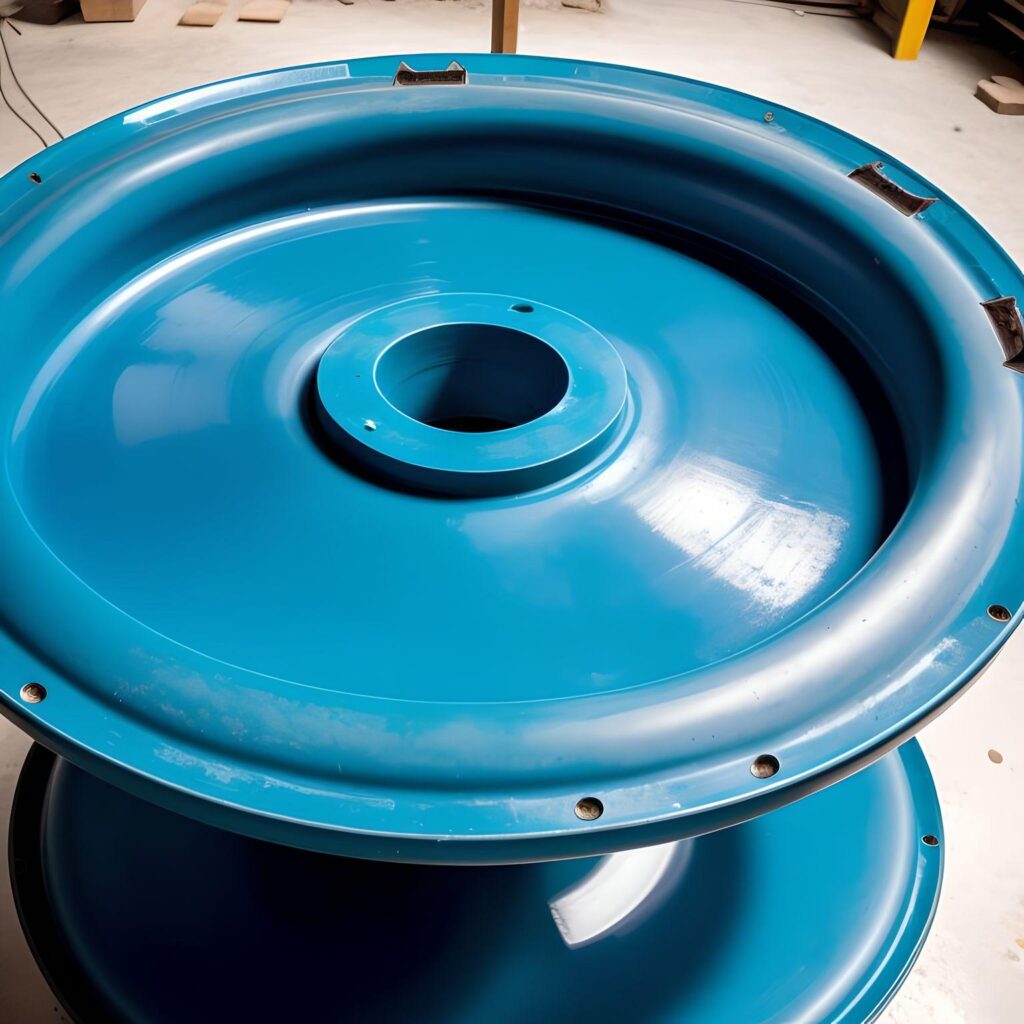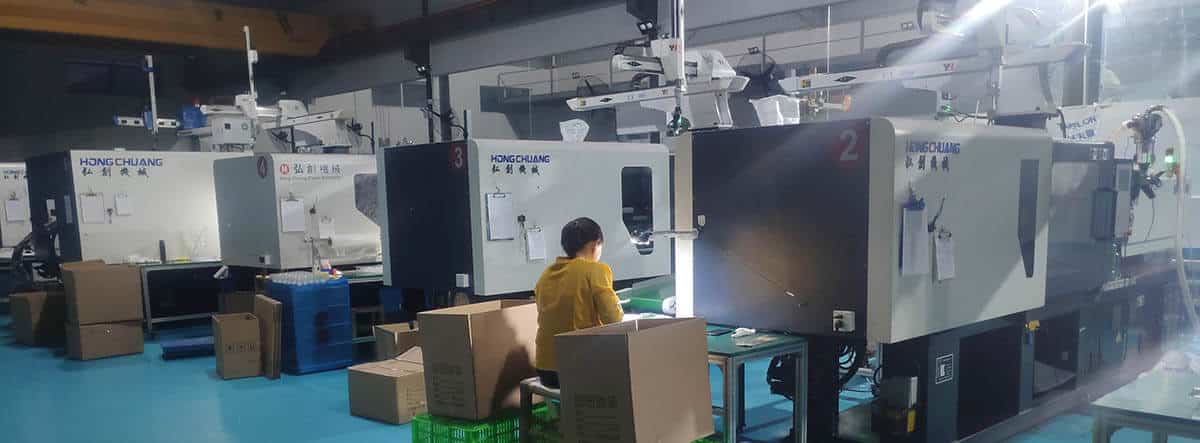Demystifying Plastic Fabrication: A Comprehensive Guide
From precision gears to pop bottles, plastic fabrication enables mass production of diverse products affordably. This in-depth guide covers processes, materials, design, innovations and the future of plastic manufacturing.
Table of Contents
An Introduction to Plastic Fabrication
Human ingenuity combined with plastic’s versatility enables products unimaginable 50 years ago. From sleek smartphones to reusable water bottles, plastic fabrication facilitates manufacturing innovative products efficiently.
This guide explores major plastic fabrication techniques, properties of plastic raw materials, part design considerations, latest industry trends and more. We’ll demystify plastic’s transformative role in 21st century product manufacturing.
Major Types of Plastic Fabrication Processes and Methods
Choosing the optimal fabrication technique depends on production parameters like:
- Part geometry, complexity and precision needs
- Production quantity (prototype vs mass production)
- Properties of plastic material used
- Cost constraints
Here are the most common industrial-scale plastic fabrication processes:
Injection Molding
Injection molding is ideal for efficiently producing vast quantities of intricate, high-precision plastic parts like gears and fasteners. The process forces melted plastic into a mold cavity under extremely high hydraulic pressure, often 10,000 to 30,000 psi. The pressurized liquid plastic completely fills every crevice of the mold, forming complex geometries impossible with other methods.

Parts solidify rapidly after mold filling. Automated cycling between injection, cooling, and ejection enables very high production rates. With proper mold design, injection molded parts can achieve tolerances below 0.005 inches. The upfront costs of machining steel molds is offset by extreme economies of scale in mass production.
Blow Molding
Blow molding is a go-to process for hollow plastic parts like bottles and containers. The process inflates a hot molten plastic parison inside a mold cavity using compressed air, creating customizable walls ranging from thick to thin.
Blow molding yields seamless, quality hollow parts, though limited in shape complexity versus injection molding. The main advantages of blow molding include lower mold costs and faster cycles for medium-volume production.

Highly consistent wall thicknesses and surfaces readily decorate the final products. Applications range from shampoo bottles to pontoons, with containers up to 200 liters in size possible.
Rotational Molding
In rotational molding, plastic powder is rotated bi-axially while heating inside a mold, adhering powder to the interior surfaces evenly. It excels at producing large, seamless, hollow products at low cost, like tanks and cargo containers, though limited in design detail.
Material waste is minimal, just 5-15%, versus up to 50% in other methods. Molds are simple and inexpensive. Rotational molding suits prototype and low-volume production because no pressure is needed for shaping.

Rotation ensures uniform wall thickness and material properties. Typical applications range from football helmets to kayaks to dumpster lids.
Compression Molding
Ideal for high-volume small precision parts that require consistency, compression molding uses thermosetting plastics cured with heat and pressure. The process has simplicity and reliability advantages versus injection or blow molding.
Uniform pressure and heat give well consolidated, void-free parts with excellent dimensional accuracy and reproduction. Applications include electrical housings, handles, bushings, bearings and insulators.
Though limited in shape complexity versus other methods, the rapid cycles and low cost of compression molding make it a workhorse for high-volume fabrication.
Thermoforming
In thermoforming, plastic sheet is heated until pliable then vacuum formed over a mold using pressure. The fast, economical process excels at producing high volumes of thin-walled packaging and basic parts. Common applications include food containers, trays, blister packs and disposable cups.
While limited in dimensional accuracy and wall thickness versus other methods, the low cost and high speed of thermoforming make it ideal for simple, shallow parts up to 4 feet long. Vacuum forming works well with polystyrene, acrylic, PVC and PETG. Pressure forming suits thicker, stronger plastics like ABS and polycarbonate.
3D Printing
3D printing builds up plastic parts layer-by-layer, enabling rapid prototyping and custom low-volume fabrication without molds. Materials like ABS, PLA, and nylon melt and deposit precisely via the print head to synthesize shapes directly from 3D CAD data.

While production volumes remain lower than traditional techniques, 3D printing offers unprecedented geometrical complexity, customization, and product development speed. It eliminates the need for tools, dies or dedicated machinery. Applications span from prototype concept models to jigs, fixtures, reverse-engineered parts, and end-use production.
Selecting the right process for your application priorities is crucial. Work with an experienced plastic fabricator early in product development to determine optimal techniques.
Key Properties and Types of Plastics Used
Plastics fall into two main categories:
Thermoplastics
Thermoplastics soften when heated and harden when cooled. This enables remolding and recycling. Polypropylene, polyethylene, polystyrene and ABS are common thermoplastics.
Thermosets
Thermosets form permanent bonds when heated, so cannot be reshaped after initial curing. Polyurethane, epoxy and phenolic resins are typical thermosets.
Beyond categories, factors like durability, rigidity, and chemical resistance depend on the specific plastic formulation. Here are some widely used materials:
- Polyethylene (PE): Excellent chemical resistance, low friction, waxy texture. Used for packaging films, bottles, gears.
- Polypropylene (PP): Resistant to acids/bases. Used for containers, ropes, car parts.
- Acrylonitrile Butadiene Styrene (ABS): Strong yet lightweight. Used for pipes, car dashboards, Legos.
- Polyvinyl Chloride (PVC): Hard yet flexible, weather/chemically resistant. Used for pipes, siding, fencing.
- Nylon: Strong, versatile, resistant to wear and chemicals. Used for machine parts, ropes, tires.
- Silicone Rubber: Inert, stable, withstands extreme temps. Used for gaskets, seals, cookware handles.
Reinforcements like glass or carbon fibers can further strengthen plastics. Additives like plasticizers enhance flexibility.
Understanding Essential Aspects of Plastic Fabrication Processes
Although the techniques used in plastic fabrication differ, the fundamental process generally involves four key phases:
Melting Down the Raw Materials
The first step is taking those little plastic pellets or powder and heating them up until they become a smooth, flowing liquid—no more solid bits left. The plastic gets poured into a heated chamber and moved forward by a rotating screw. Friction and heat from external bands get those pellets nice and melty. Keeping those temps in check is crucial so your plastic liquefies nicely without burning. The result is a homogenous, viscous liquid with consistent viscosity and temperature that’ll flow oh-so-smoothly into the mold.
Filling the Mold
Next, channels guide the melted plastic into the mold cavity, which then closes under pressure. Plungers, pistons or compressed air push the liquid plastic to fill every nook and cranny of the cavity completely. The mold remains pressurized as the plastic cools so it doesn’t deform. Molds contain two halves that lock together, with the cavity halves shaping the exterior and core halves forming the interior surfaces. Getting that melted plastic to flow smoothly into the intricate mold takes some precision engineering, let me tell you.
Cooling and Curing
Once the mold fills up, that plastic part chills out inside the mold until it’s firm enough to hold its shape when removed. Coolant lines circulate cold water or oil through the mold walls, solidifying the plastic. Cooling time is minimized to maximize efficiency but long enough for thorough curing. Don’t wanna eject it too soon or you’ll get warping. Tight temp and time control is key for defect-free results.
Finishing Touches
After sufficient cooling, the plastic part gets popped out of the mold for any secondary finishing steps, like trimming extra plastic, drilling holes, adding fasteners, decorative coatings—anything to complete the product. Automated systems instantly transport those cooled parts for finishing so no time is wasted. The finishing maximizes functionality, aesthetics and overall quality. The optimal equipment, process parameters, time and energy usage differs quite a lot between high-volume injection molding compared to lower-volume thermoforming and such.
Design Considerations for Optimized Plastic Parts
To leverage plastic’s full potential, consider these factors when designing parts for fabrication:
- Dimensional accuracy: Account for plastic shrinkage as it solidifies. Maintain consistent wall thicknesses.
- Strength and rigidity: Use ribs and gussets to enhance stability. Optimize fill patterns for even strength distribution.
- Assembly: Design interlocking features like snap fits for simplified assembly. Standardize parts for interchangeability.
- Appearance: Polished molds yield glossy finishes. Textures and colors readily molded-in.
- Ergonomics: Design ergonomic, comfortable grip areas on handles, knobs and grips.
- Weight reduction: Use thinner walls or foaming agents to reduce part weight.
Involving your manufacturer early in the design process allows optimizing these parameters holistically, balancing tradeoffs for maximum manufacturability and performance.
Latest Innovations and Future Trends
Technologies advancing plastic fabrication include:
- 3D printing enables rapid prototyping without molds along with custom end-use parts.
- Multi-material molding combines plastics with disparate properties for hybrid material capabilities.
- Micro-molding produces intricately precise, tiny plastic parts for electronics and medical applications.
- Automation and IoT integrate manufacturing data, supply chains, and quality control.
- Sustainable materials like bioplastics reduce environmental impacts.
With plastic’s unparalleled versatility and ongoing innovations, applications will continue diversifying across sectors. Tighter integration of design and manufacturing will yield next-generation products. The future remains bright for plastic fabrication!
Key Takeaways
- Myriad plastic fabrication techniques serve diverse applications, led by injection and blow molding for mass production.
- Thermoplastics and thermosets each offer distinct advantages suited to different products.
- Optimizing manufacturability requires holistic design considering form, function and material capabilities.
- Ongoing advances are expanding plastics’ capabilities and sustainability.
By selecting the optimal fabrication process and plastic material for design goals, almost any part can be produced cost-effectively at scale. Partnering with an experienced manufacturer unlocks plastics’ fullest potential to create game-changing products.
